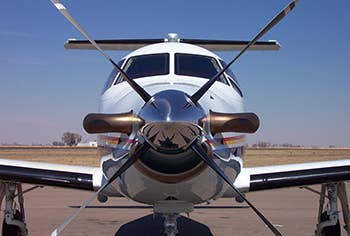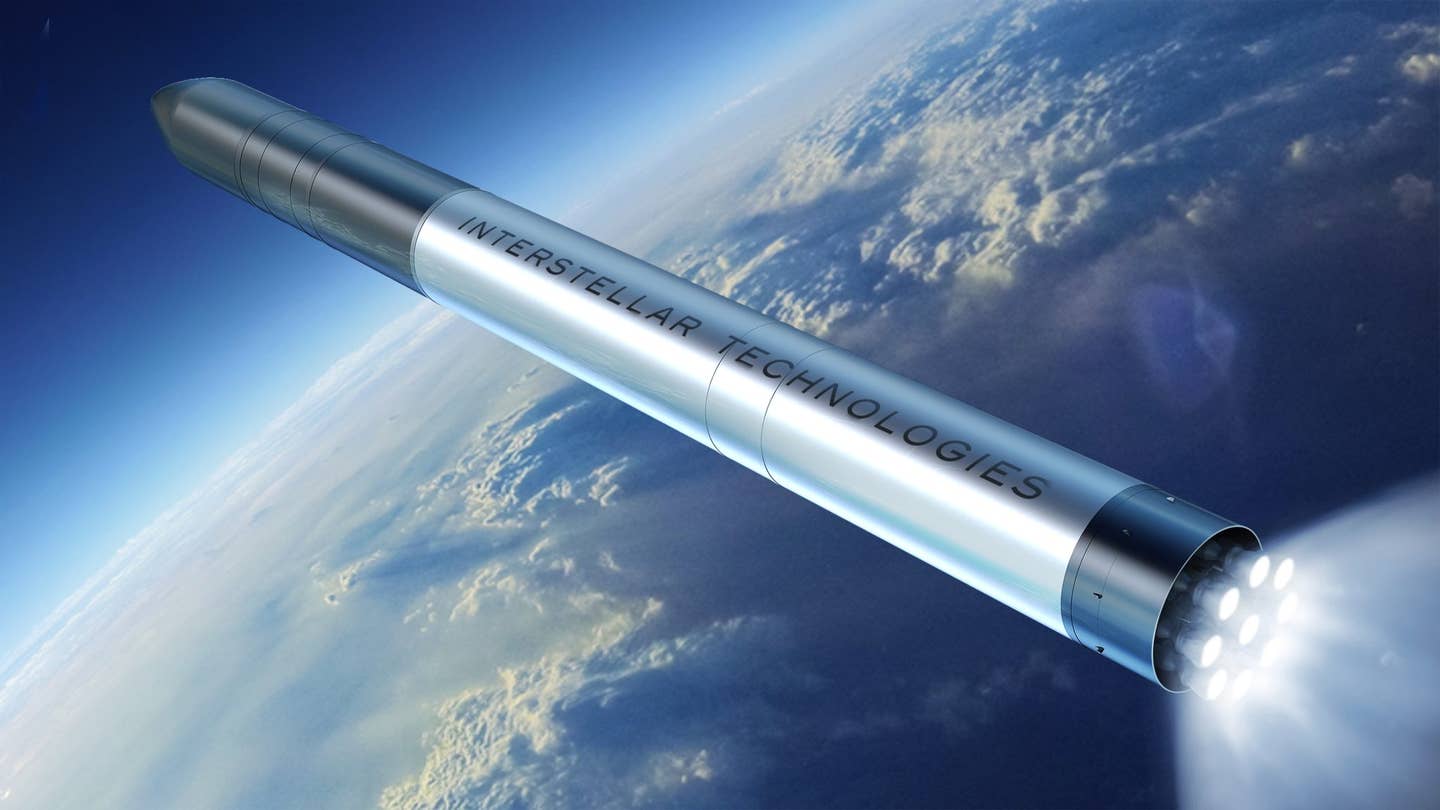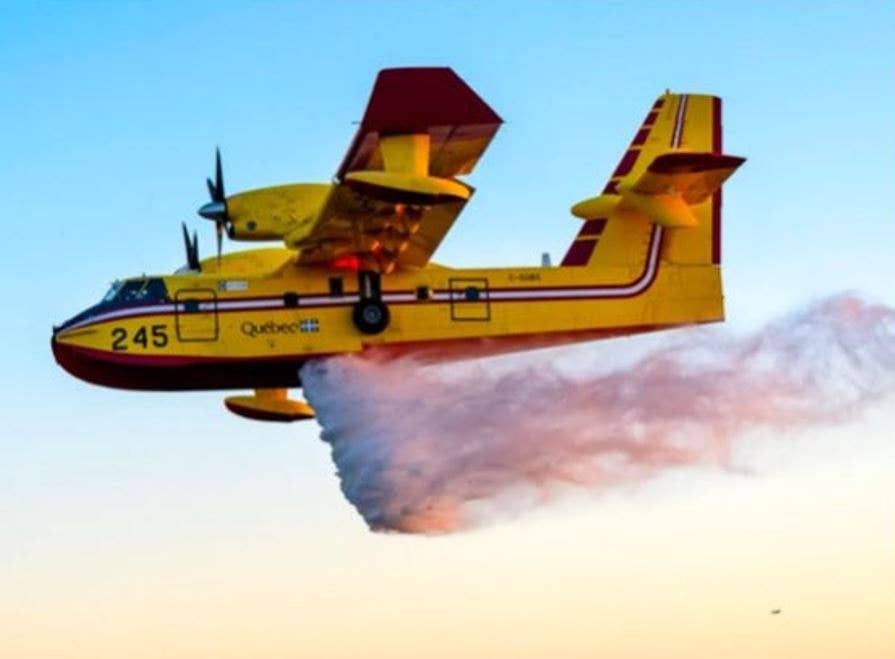
The National Transportation Safety Board's final report on the June 2012 inflight breakup of a Pilatus PC-12 over Central Florida highlights the risks of flying a high-performance airplane in IMC with minimum training and experience.
Weeks after the accident the NTSB issued a safety alert to pilots warning about the inherent latency of in-cockpit Nexrad weather images. The breakup happened in the vicinity of huge thunderstorms with "extreme" echoes, as reported by a controller to the accident pilot. Did the pilot inadvertently fly into one of these violent cells, leading to an inflight breakup that claimed the lives of all six on board?
No, not even close.
As is so often the case, the probable cause involved a chain of interconnected events. Here's what really happened, according to investigators:
The pilot was climbing to his assigned altitude of FL 260 on autopilot in IMC when he activated the propeller deice and inertial separator climbing through FL 250. Another pilot nearby reported light rime icing at FL 260. The pilot of the PC-12 did not activate the deice boots, suggesting the icing wasn't much of a concern.
About a minute later ATC cleared the PC-12 to deviate right of course to avoid the towering embedded thunderstorms, which were still well ahead of the airplane. About 4 seconds into the turn, at an indicated airspeed of 109 knots and less than 25 degrees of bank, the autopilot disconnected for unknown reasons. At this point the airplane began to roll right, descending and reaching a bank angle of about 50 degrees.
Rather than take immediate control of the airplane and roll wings level, the pilot at this point initiated a test of the autopilot system. It passed. By this point, however, the airplane had rolled into a 75 degree nose down bank with the airspeed climbing through 335 ktas — about 110 kias above maximum operating maneuvering speed.
At last grasping the idea that he needed to do something as the altitude tape spooled through 16,000 feet, the pilot hauled back on the yoke, in the process tearing off both wings. The right wing ripped through the fuselage, ejecting one passenger. The bodies of the other five onboard were recovered with the main wreckage in an open field.
The post-accident examination of the controls and engine found no anomalies. The flaps were in the retracted position but the gear was down (investigators hypothesize that the pilot put the gear down at some point during the descent). For reasons that could not be determined, the aileron trim was found in the nearly full-left-wing-down position and the rudder trim full nose right. An aerodynamics performance study indicated the wing did not stall, nor did the stick pusher activate prior to loss of control. Icing was determined not to have been a factor.
As far as the pilot's qualifications, they were questionable, although he met the minimum legal requirements. Prior to purchasing the Pilatus PC-12 about five weeks earlier, the pilot had never logged any PIC time in turboprops, nor had he logged any actual IMC time in the preceding seven years and four months. His last flight under the hood occurred four years and seven months before the accident flight. After buying the PC-12, the pilot attended simulator training, spending extra time to receive an instrument proficiency check, flight review and high-altitude endorsement.
A pilot who trained with the accident pilot in the simulator told investigators he seemed to be behind the airplane. After one takeoff he forgot to retract the landing gear and then flew through an altitude assignment of 1,500 feet. After training the pilot flew the airplane about 14 hours before the accident flight, bringing his total PIC flight experience to about 750 hours, most of it in piston singles.
In its final report, the NTSB said the pilot's lack of experience was evidenced by the fact that he began testing the autopilot rather than rolling wings level after the airplane departed controlled flight. As a result, investigators determined the probable cause of the accident to be: "The failure of the pilot to maintain control of the airplane while climbing to cruise altitude in instrument meteorological conditions (IMC) following disconnect of the autopilot. The reason for the autopilot disconnect could not be determined during postaccident testing. Contributing to the accident was the pilot's lack of experience in high-performance, turbo-propeller airplanes and in IMC."
Get exclusive online content like this delivered straight to your inbox by signing up for our free enewsletter.

Sign-up for newsletters & special offers!
Get the latest FLYING stories & special offers delivered directly to your inbox






